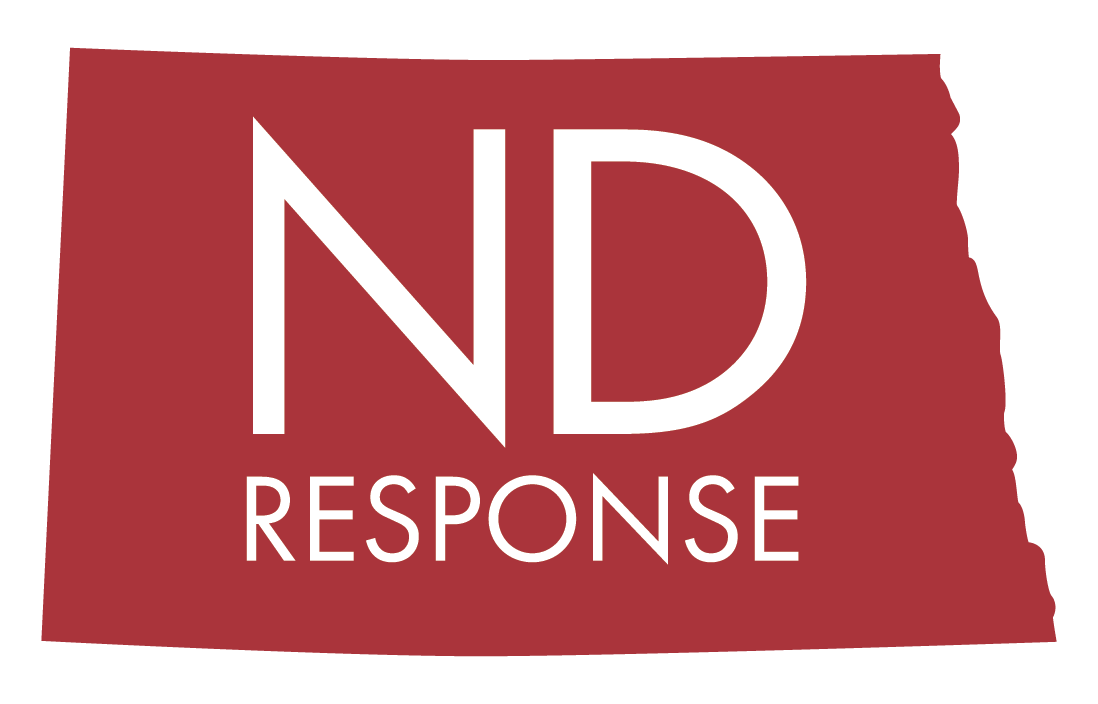The Response Section coordinates state response in support of local and tribal governments and serves as a liaison between federal, local, tribal, private and voluntary agencies. The section works with more than 50 state agencies assigned responsibilities in the State Emergency Operations Plan (SEOP) to help allocate resources, compile initial damage assessment information, maintain situational awareness and evaluate information to determine the potential for state and federal declarations and requests for assistance, as well as produce and distribute documents and reports related to emergency or disaster operations. All incident-related information sharing and state response is coordinated through the use of WebEOC.
The section maintains a 24/7 Watch Center is responsible for proactively monitoring incidents, emergencies and events within the State of North Dakota, regionally and nationally that could require a state response. During larger scale emergencies or disasters the section also manages the State Emergency Operations Center (SEOC) which serves as a central location for coordinating technical and resource assistance from state, federal, private and voluntary agencies in support of local and tribal government. WebEOC, a web-based incident management software that aids in coordination and interoperability of response and recovery activities among affected jurisdictions, is used in the SEOC to report and track information in order to provide situational awareness to responding agencies and jurisdictions.
Additionally, the Response Section is responsible for coordinating Emergency Management Assistance Compact (EMAC) and Northern Emergency Management Assistance Compact (NEMAC) activities, managing the agency's warehouses and equipment and facilitating the North Dakota Hazardous Chemicals Preparedness and Response Program.

NDResponse is the state’s one-stop-shop for communicating timely and accurate information to citizens during emergencies and disasters. As the state coordinating agency during disasters and emergencies, NDDES is a significant contributing agency to NDResponse. Click here to visit the NDResponse website.
Get maps and guides to understanding burn restrictions and burn bans in your area.
Get real-time information on active and ongoing Blue, Amber, or Silver alerts in North Dakota!






